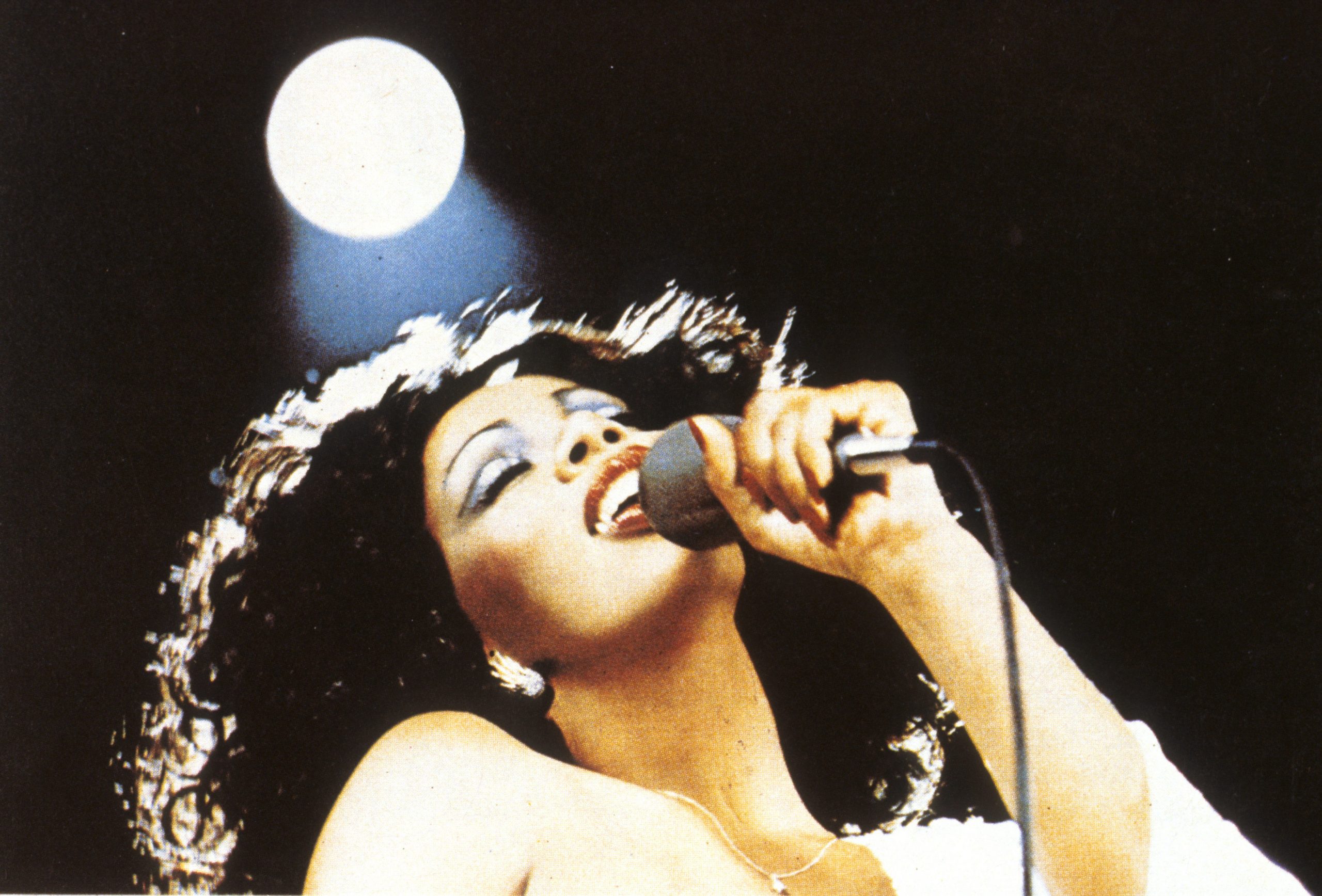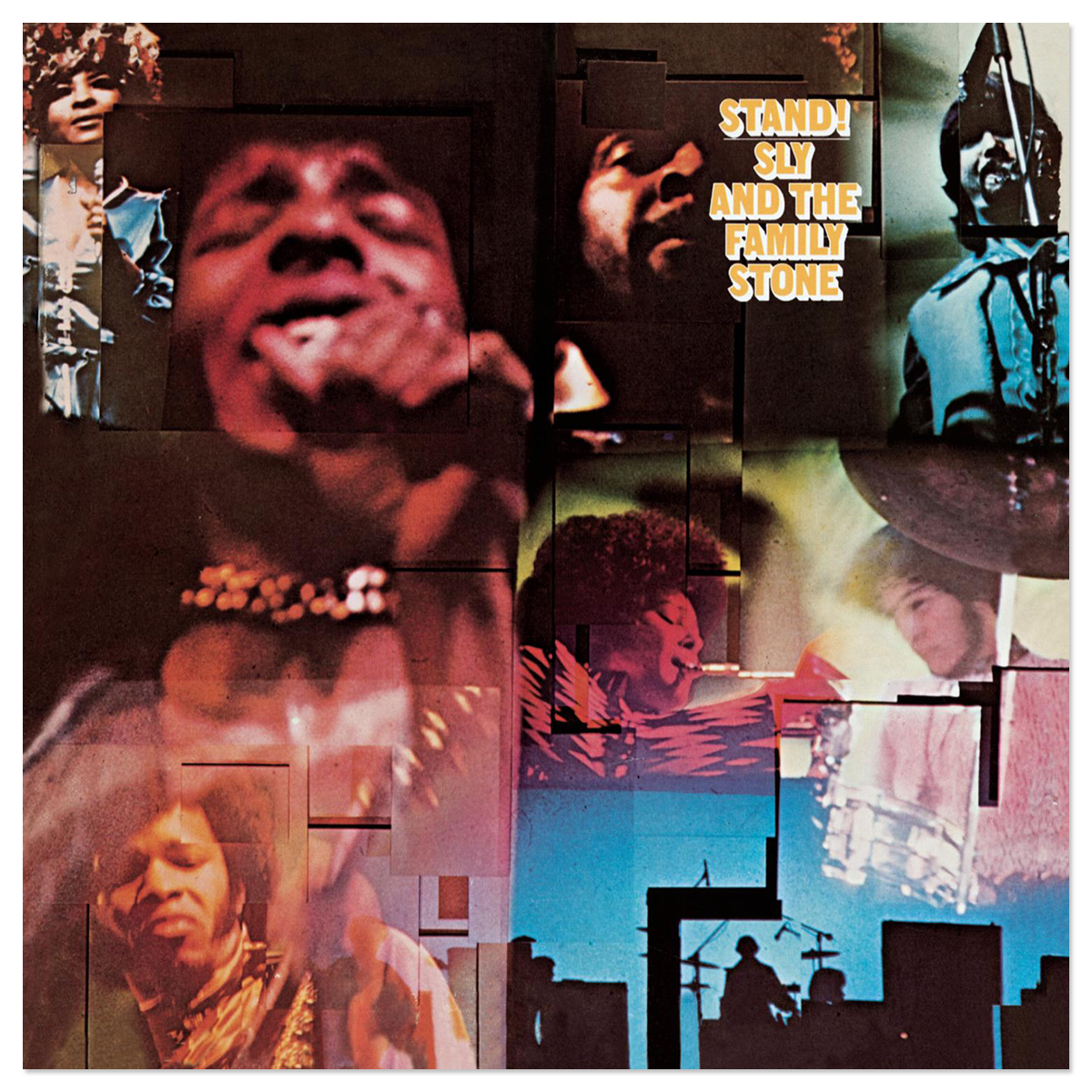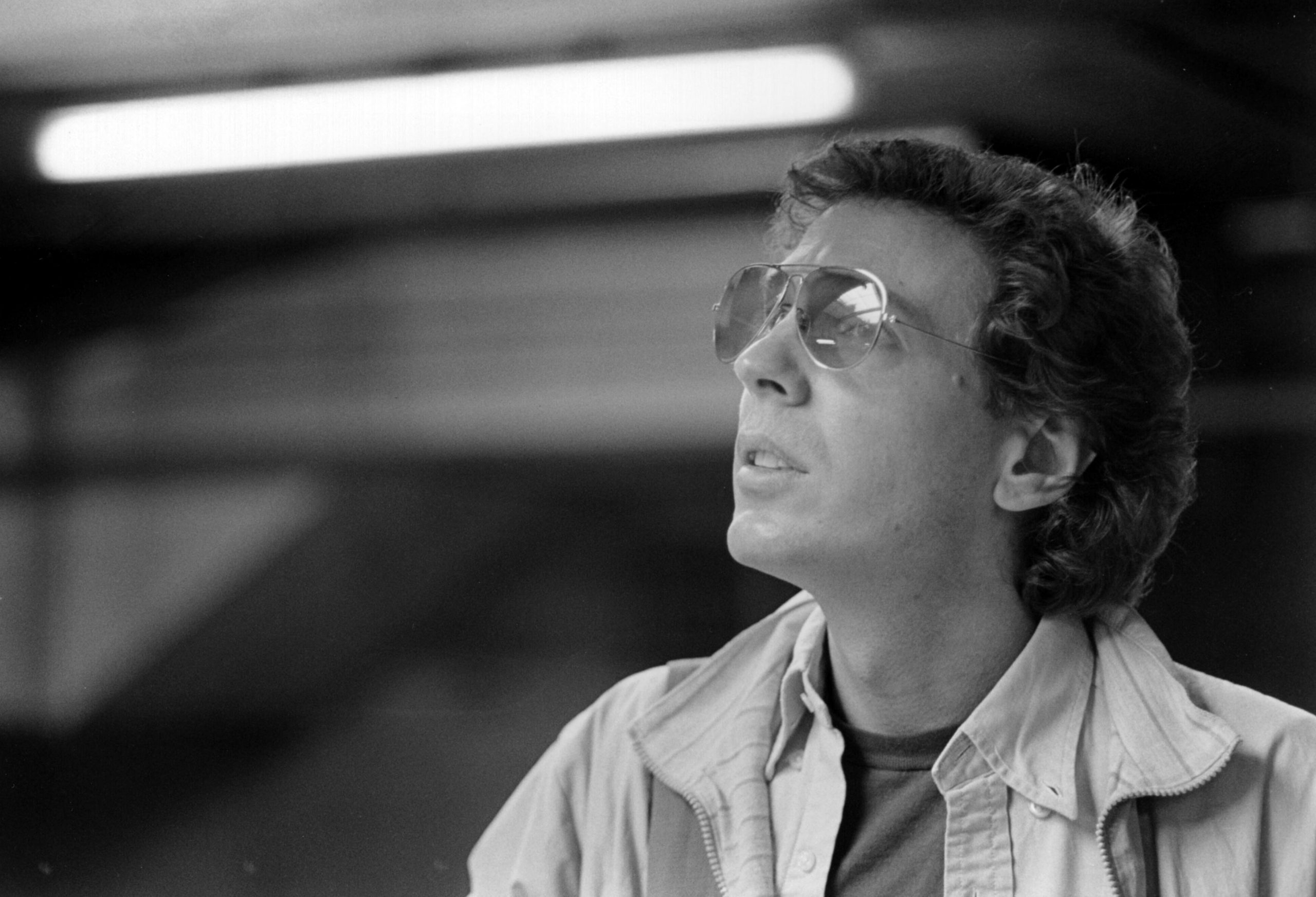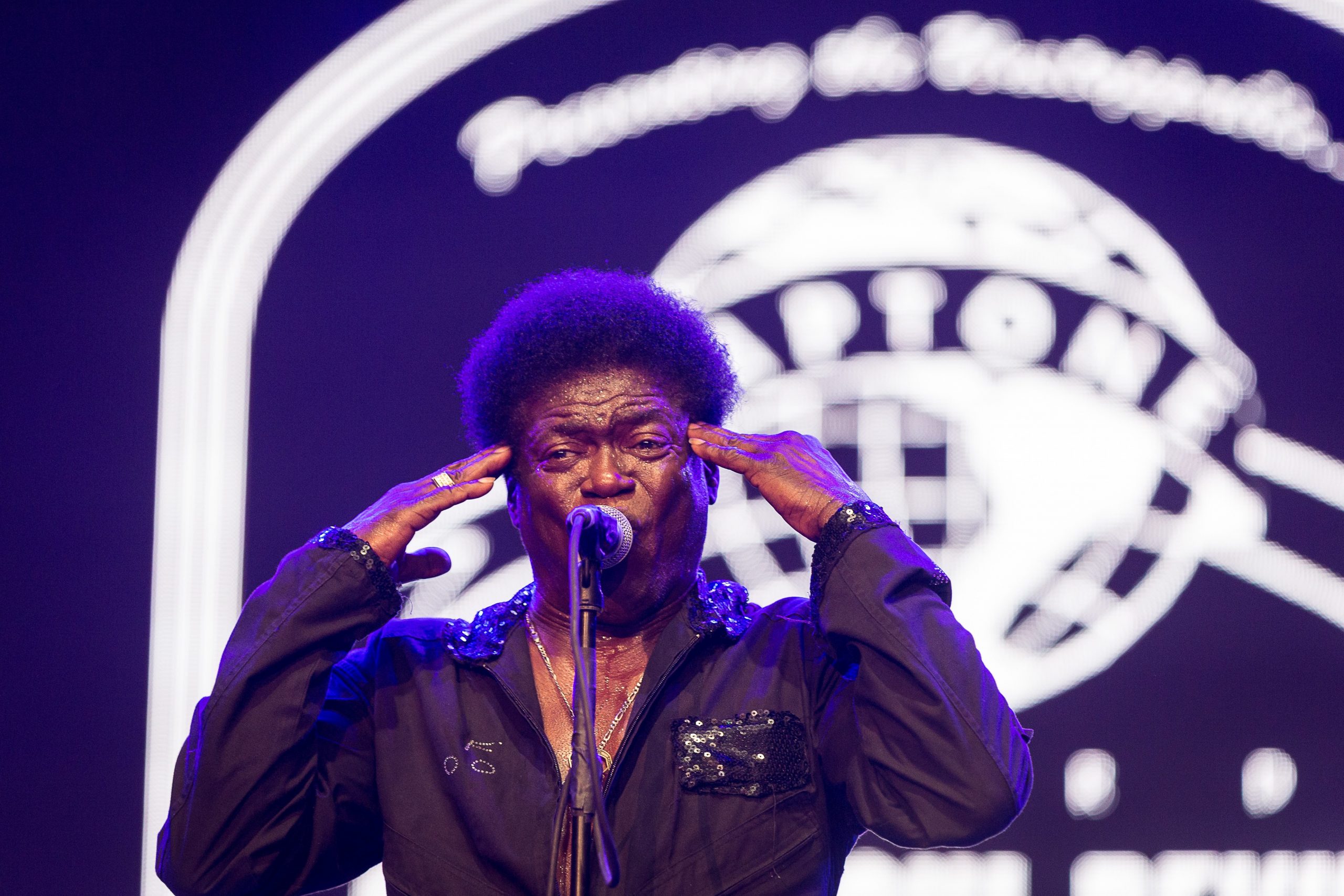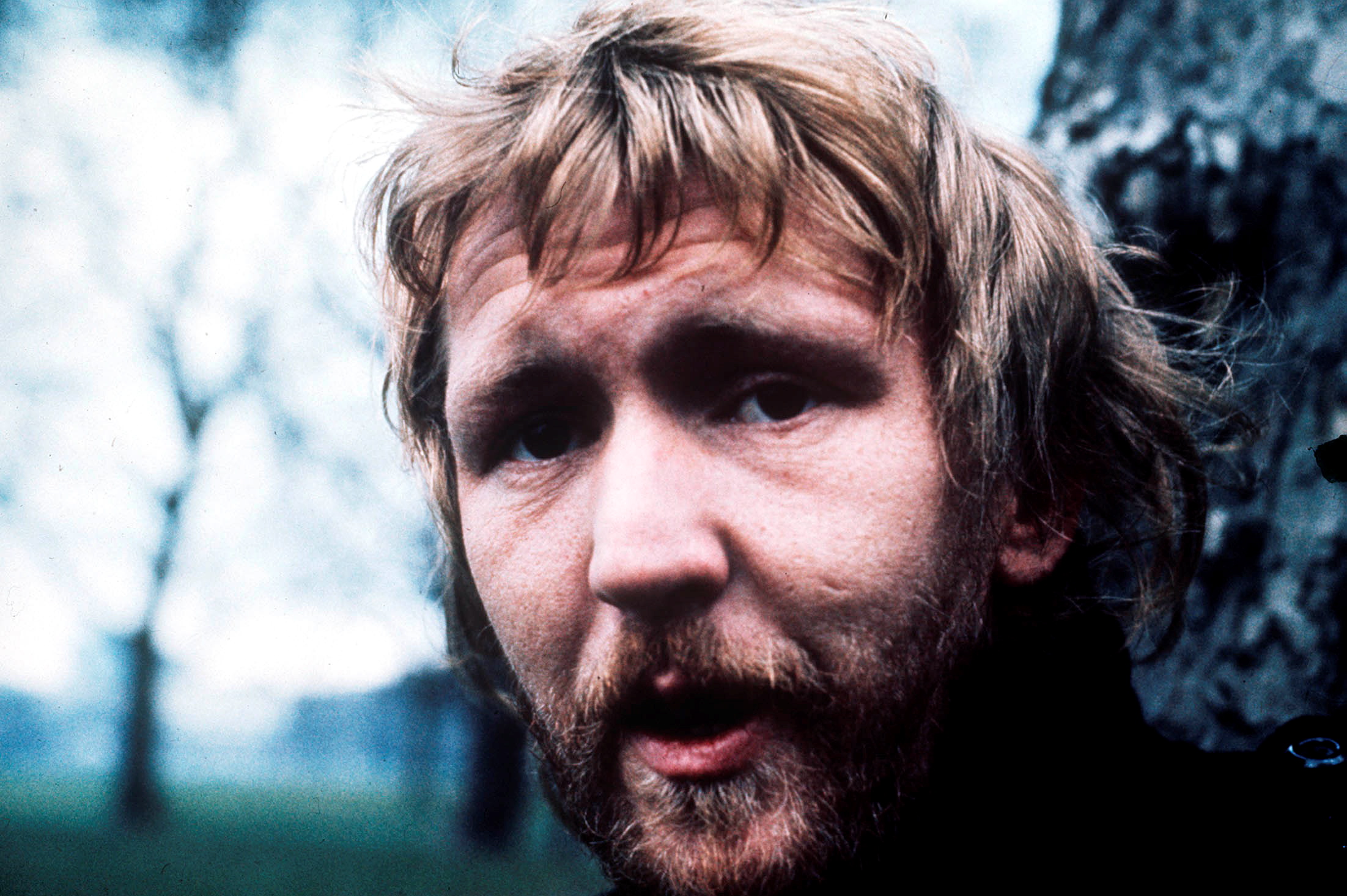Forty years ago yesterday, on June 2, 1979, Donna Summer's "Hot Stuff" peaked at #1 on the Billboard Hot 100. A week earlier, it had achieved the same feat paired with "Bad Girls" on the Hot Dance Club Play charts. And then, that was it: As a solo artist -- not counting the Barbra Streisand duet "No More Tears (Enough Is Enough)," Summer wouldn't have another #1 on the dance chart until the mid '90s, when she'd notch a string of for-tradition's-sake #1s aimed strictly at club play.
Summer came close to topping the pop charts one more time -- "She Works Hard For The Money" made the #3 spot on both Pop and Dance in '83 -- but between the disco backlash, her tumultuous post-Casablanca efforts at rebranding herself, and the momentum-stifling shelving of the 1981 album that would eventually be I'm A Rainbow, it feels like she didn't get enough of a chance to reestablish herself as a wide-ranging talent after Bad Girls hinted at the possibilities. She was still a star in the '80s, but her legacy tends to focus on her Queen Of Disco '70s.
And yet when I looked up the most noteworthy cover versions of her music, I found a cohort of artists who were significantly more eclectic than you might expect -- a rangy selection of backgrounds and styles that, through sincerity or mild-at-best irony, stepped into Summer's songs and inhabited them in ways that proved they could translate as new wave or country or punk or contemporary pop without much of a struggle.
They weren't always good versions, granted, but approaching the Donna Summer songbook more like a series of modular/mutable pieces of simple, approachable works than Of Its Place And Time nostalgia pieces has made her catalogue a bit more surprising. Here's eight takes on that catalogue, from the well of course to the how the hell?
Blondie, "I Feel Love" (1980)
The task of fucking with "I Feel Love" is a risky one. If you're a live band with live guitars and live drums and all those other rock 'n' roll accoutrements, not even the newest of waves can ideally capture the futuristic-yet-timeless sound of a Moroder-controlled bank of synthesizers feeling more euphoric than any other instruments possibly could. Still, Blondie are the band that followed up the disco-crossover blockbuster "Heart Of Glass" with an even faster, more intense trip to the dancefloor with "Atomic," so by January of 1980 they'd at least established a solid grasp on this whole dance-music thing.
Taking on Donna Summer for a buncha punks like these is sort of like a garage-rock band covering R&B contemporaries like Wilson Pickett or Marvin Gaye in 1966, except with a deeper sense of a barrier being broken. Lester Bangs dropped The White Noise Supremacists on unsuspecting NYC scenesters just a couple months before Blondie did their "I Feel Love," so you'd think there'd be some audience question marks here vis-à-vis a cover of a recent major dance-club pop hit like this. But this is in the Hammersmith Odeon, and the London synthpop future is listening closely to Summer already, so hey, no worries -- especially since Debbie Harry hits the high notes like a sniper.
Bonus points: Brian Eno famously told David Bowie during the Berlin sessions that "I Feel Love" was the sound of the future, and it seems like his partner in ambience, Robert Fripp, wasn't pussyfooting around that idea, either; that's the "Fade Away And Radiate" guest joining in on guitar, substituting for the original's higher melodic frequencies and getting a good piece of tomorrow in the process.
Emmylou Harris, "On The Radio" (1983)
Second song in and it's already "wait what?" genre-hopping territory. It's something of a surprise to me, an Emmylou Harris noob who finds it easier to picture her as the Burritos-adjacent alt-country forebear than a pop-chart star with crossover potential. But it makes sense, coming as it does in a career turning point after she had her first and only pop Top 40 as a performer in 1981 ("Mister Sandman"), moving to Nashville in '82, and giving husband Brian Ahern the last of 11 straight production gigs on 1983's White Shoes.
That album has a hell of a songwriter making for a not-that-bad cover artist, and her anything's-country-if-your-heart-aches-enough approach to the album's material touches Summer the same way it does Johnny Ace and Gentlemen Prefer Blondes. Leave enough room for the contempo-countrypolitan gloss to let the finer points shine through, and twist the expectations so that she escalates the same way Summer's voice does -- but leads into a deeper excursion of wistful balladry instead of a cathartic disco breakdown.
Dusty Springfield, "Sometimes Like Butterflies" (1985)
Speaking of singers I generally know from a milieu that sounds nothing like this: Here's Dusty Springfield, not in Memphis or Philly or even swingin' London, but in a one-off for Hippodrome Records that sounds like the '80s ideal of "attempted comeback" before the Actual Comeback she notched two years later with the Pet Shop Boys.
That one was a jam; this one particularly isn't. Maybe disillusioned by the market failure of her 1982 new wave/synthpop/funk move White Heat (which wasn't even released in the UK), Springfield moved a bit MOR with this cover of a 1982 Donna Summer B-side. Since she is still Dusty Springfield, the voice is there, but barely. At points you can hear it crumble mid-syllable ("if you wanna looouugughhhvvvvvve me"). And goddamn does this midtempo slog of big-hair Thatcher-era footdrag sentimental plinkety-plink schmaltz do it zero service whatsoever. Once the sax oozes in it's like being smothered with a pastel satin pillow.
Supposedly it stiffed in part because Springfield's gay audience wasn't much in the mood to hear anything from the Summer catalogue, whose born-again phase was clouded by a rumor that she'd called AIDS a punishment from God, but on the whole, the entire thing from recording session to release seemed doomed to failure no matter what. Let's hear it for Neil Tennant, then.
The Celibate Rifles, "Hot Stuff" (1990)
So what's the best version of Summer's aforementioned final #1? I'm partial to this one from Sydney's Celibate Rifles, since it's a punk cover that doesn't necessarily treat its source material like a joke. Damien Lovelock can tell the backstory behind this one better than I can, so here's a transcript from a live performance:
They wrote in the contract that we had to release 'Wonderful Life' as a single, y'know? But then ... when we didn't, like, become U2, they suddenly had to release this other single which we [obscured by crunchy-as-hell guitar noise] contracted to do. But we didn't have any more tracks, so we to a guy's garage and we recorded a couple'a covers. And this is them. These are they. Is that right? Them is what is. This is a good song. I love this song.
I agree! It's not a tendon-rupturing stretch to take Donna Summer's big Rockin' Out moment and rock out with it in one's own image, but scuzz transcends all borders and genres, even if Kent Steedman has to abbreviate the Skunk Baxter guitar solo for efficiency's sake.
No Doubt, "Love To Love You Baby" (2001)
As heard during the orgy scene in Zoolander, which is about as much as one really needs to say about this.
Like their cover of Talk Talk's "It's My Life," No Doubt sound perfectly capable of playing the song but not inhabiting it, or even giving a reason for its existence. I was going to include a screenshot of Edna Krabappel scoffing "she's faking it" from one of my all-time favorite Simpsons scenes, but it turns out Gwen Stefani didn't even have the commitment to moan orgasmically on this, which is like covering "Baker Street" without including a saxophone.
Jamiroquai & Anastacia, "Bad Girls" (2002)
Listen, I generally think that the Mandela Effect is silly. It's just what happens when a bunch of people depend on unreliable and overloaded memories to explain gaps in knowledge and just rolling with the incorrect information even when a quick trip to the Internet, the single most information-rich tool that everybody has access to, can clear things up right away. And yet here I am, somebody who was alive and paying very close attention to music in the early 21st century, and I do not remember Anastacia at all.
Maybe it's because I'm American, and her frontloaded-with-plaudits Wikipedia bio ("major success," "multi-platinum, global smash," "World's Best-Selling New Female Pop Artist") makes her out to be a massive deal in what is eventually revealed to be Europe, but I'd like to think I'd remember at least one of her disco/house-adjacent pop hits permeating my knowledge somewhere in the midst of my nascent-poptimist "Kylie Minogue fucking owns" phase. Yet here I am, only now discovering that (A) Anastacia was and possibly still is a big deal, (B) she duetted with Jamiroquai on a "Bad Girls" cover at the 2002 Brits, and (C) she sounds like a vocaloid whose settings are equal parts Cher, Tina Turner, and Larry Blackmon. This isn't even a judgement call, I'm still too confused.
Jennifer Hudson, "Last Dance" (2013)
Maybe one of the biggest music-geek cause célèbres (causes célèbre?) associated with the persistently aggravating Rock And Roll Hall Of Fame was the perpetual foot-dragging involved in getting Donna Summer inducted. Sure, every teen idol and girl group to notch a handful of top-40 hits in the early '60s gets a nod, and you can't have a popular music Hall Of Fame without letting Madonna in, but d-d-d-disco? Um excuse me it is the Rock And Roll Hall of Fame and it's bad enough we're letting rappers in here, nyuuuuuuh. (Sorry, I was briefly possessed by the spirit of the worst kind of fusty rock snob alive. I wonder if Little Steven blacked out just now.)
So when they finally induct her, it's postmortem, and yeesh to that, though I guess at least it adds a bit of pathos to Jennifer Hudson's performance. It's a good choice, too: a big hit, but not the most obvious one, that lets her go ballad and disco in the same song. Hudson is a pro, she hits the notes, she pays moving tribute without eclipsing the subject. And she even makes Geddy Lee smile, so there's that.
Shooter Jennings, "Born To Die" (2016)
Yes: the great scion of outlaw country -- the honest-to-goodness actual offspring of Waylon Jennings and Jessi Colter -- did a Giorgio Moroder tribute album. I find this slightly ridiculous. The "slightly" comes only in part because of my knowledge that the likes of Dolly Parton and Kacey Musgraves have proven that you can do dance-country and play to both genres' strengths.
The other part comes from the fact that despite its "TOTALLY 80S DUDE" album cover, Shooter's not only savvy enough to go for some deep cuts, the one Moroder/Summer selection he goes for already started life as a country-rock song -- it's a pre-Casablanca cut from 1974's Netherlands-only release Lady Of The Night, when Summer was still a relative unknown who went for a sort of omni-genre Euro-eclecticism that could be played in discotheques while not actually being disco-the-genre.
So yeah, it's a one-step lateral move to turn "Born to Die" into a shit-kickin' country-rocker and it totally works. No mystery there. Now how Shooter pulled off Freddie Mercury's "Love Kills" from the Metropolis restoration soundtrack, there's the miracle.
